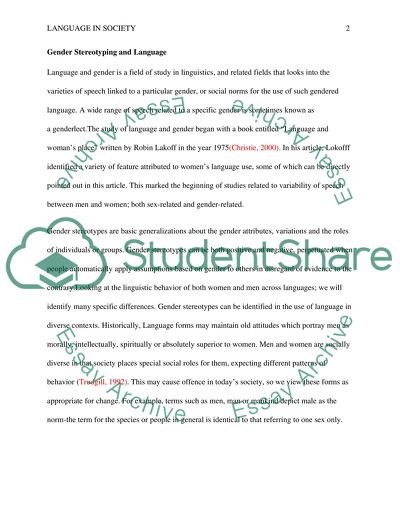Cite this document
(“Language in society Assignment Example | Topics and Well Written Essays - 1750 words”, n.d.)
Retrieved from https://studentshare.org/education/1461060-language-in-society
Retrieved from https://studentshare.org/education/1461060-language-in-society
(Language in Society Assignment Example | Topics and Well Written Essays - 1750 Words)
https://studentshare.org/education/1461060-language-in-society.
https://studentshare.org/education/1461060-language-in-society.
“Language in Society Assignment Example | Topics and Well Written Essays - 1750 Words”, n.d. https://studentshare.org/education/1461060-language-in-society.


